Difficult Endotracheal Intubation? FAQs & Solutions
Jan 09, 2024
Endotracheal intubation is a medical procedure in which a tube is inserted through the patient’s mouth or nose into the trachea to maintain an open airway and facilitate mechanical ventilation. While this procedure is often routine and essential in various medical scenarios, there are instances when it becomes challenging, leading to what is known as difficult endotracheal intubation. In this blog, we will explore the basics of endotracheal intubation, its necessity, common indications for difficulty, and how medical professionals define and address these challenges.
What is Endotracheal Intubation?
Endotracheal intubation is a medical intervention that involves the insertion of a tube into the trachea to secure an open airway. This procedure is crucial in situations where spontaneous breathing is compromised or when mechanical ventilation is required. By ensuring a clear pathway for air to reach the lungs, endotracheal intubation allows for the delivery of oxygen and removal of carbon dioxide, maintaining vital physiological functions.
When is Endotracheal Intubation Necessary?
Endotracheal intubation becomes necessary in various medical scenarios, including but not limited to:
1. Respiratory Failure: When a patient experiences a severe inability to breathe on their own due to conditions such as pneumonia, acute respiratory distress syndrome (ARDS), or trauma.
2. Surgery: In surgical procedures that require general anesthesia, endotracheal intubation is often performed to protect the airway and facilitate controlled ventilation.
3. Emergency Situations: Trauma, cardiac arrest, or other critical conditions may necessitate rapid and secure airway management through endotracheal intubation.
Techniques for Difficult Endotracheal Intubation
1. Video Laryngoscopy:
Video laryngoscopy involves using a device with a camera on the tip to visualize the vocal cords on a screen. This technique is particularly beneficial when direct laryngoscopy proves challenging, providing an alternative perspective for successful intubation.
2. Fiber-Optic Bronchoscopy:
Fiber-optic bronchoscopy allows for direct visualization of the airway, offering a flexible and precise means of guiding the endotracheal tube through anatomical challenges. It is often used when visualization is limited or when a more controlled approach is required.
3. Supraglottic Airway Devices:
Supraglottic airway devices, such as the laryngeal mask airway (LMA), can serve as a bridge to secure the airway in cases where traditional endotracheal intubation proves difficult. These devices provide a temporary solution for oxygenation and ventilation.
4. Awake Intubation:
In cases where the patient cannot be fully anesthetized, awake intubation involves threading the endotracheal tube while the patient is conscious. This technique is often employed when preserving spontaneous breathing is crucial.

Tools and Devices for Managing Difficult Intubation
1. Manufacturer Spotlight: Mole Medical
Mole Medical, a leading innovator in medical equipment, offers a range of advanced tools designed to aid healthcare providers in managing difficult intubation. Their devices incorporate cutting-edge technology to enhance visualization and optimize the success rates of intubation procedures.
2. Video Laryngoscope by Mole Medical:
Mole Medical’s video laryngoscope features a high-resolution camera and a slim, maneuverable design. This tool aids in obtaining a clear view of the vocal cords, making it an invaluable asset in cases where traditional laryngoscopy is challenging.
3. Fiber-Optic Bronchoscope:
Mole Medical’s fiber-optic bronchoscope provides a detailed and real-time view of the airway, facilitating precise guidance during difficult intubation. The device’s ergonomic design ensures ease of use for healthcare providers.
4. Supraglottic Airway Management Devices:
Mole Medical offers a range of supraglottic airway devices designed for diverse patient anatomies. These devices ensure effective ventilation and oxygenation, serving as reliable alternatives in difficult intubation scenarios.
Common Indications for Difficult Endotracheal Intubation
While endotracheal intubation is a routine procedure for many medical professionals, certain situations can make the process challenging. Common indications for difficult endotracheal intubation include:
1. Anatomical Challenges: Unusual airway anatomy, such as a short neck, limited mouth opening, or abnormal neck structure, can pose difficulties during intubation.
2. Pathological Conditions: Tumors, infections, or other pathological conditions affecting the airway can complicate the intubation process.
3. Limited Visibility: In some cases, poor visibility of the vocal cords due to blood, secretions, or anatomical issues can make it challenging to navigate the endotracheal tube.
4. Inadequate Mouth Opening: Conditions like temporomandibular joint (TMJ) dysfunction or maxillofacial trauma can restrict mouth opening, making it difficult to insert the endotracheal tube.
How is Difficult Endotracheal Intubation Defined?
Difficult endotracheal intubation is typically defined by the Cormack-Lehane grading system, which assesses the visualization of the vocal cords during laryngoscopy. The grades range from I to IV, with I indicating an easy intubation and IV representing a situation where the vocal cords are not visible. Grade III and IV are considered difficult, requiring additional skills and alternative techniques.
Medical professionals may also use various predictive tools to identify patients at risk for difficult intubation. These include the Mallampati score, thyromental distance, and the presence of certain anatomical features.
Factors Contributing to Difficult Endotracheal Intubation
Several factors can contribute to the complexity of endotracheal intubation:
1. Anatomical Variations: Unusual airway anatomy, such as a short neck, large tongue, or a prominent Adam’s apple, can impede the smooth passage of the endotracheal tube.
2. Obesity: Excessive adipose tissue in the neck and throat region can make visualization of the airway structures challenging and hinder successful intubation.
3. Pathological Conditions: Tumors, infections, or anatomical abnormalities affecting the airway can complicate the intubation process, requiring careful consideration and adapted techniques.
4. Limited Mouth Opening: Conditions like temporomandibular joint (TMJ) dysfunction or maxillofacial trauma can restrict mouth opening, making it difficult to insert the endotracheal tube.
Specific Patient Characteristics Increasing Difficulty
Certain patient characteristics increase the likelihood of difficult intubation:
1. Mallampati Score: A higher Mallampati score, indicating decreased visibility of the oropharyngeal structures, is associated with a greater risk of difficult intubation.
2. Thyromental Distance: A short thyromental distance, measured from the thyroid notch to the tip of the mandible, can make intubation more challenging.
3. Neck Mobility: Limited neck extension or flexion due to arthritis, trauma, or other conditions can complicate the intubation process.
4. Previous Difficult Intubation: Patients with a history of difficult intubation pose a higher risk in subsequent procedures, emphasizing the importance of thorough preoperative assessments.
Challenges in Pediatric Difficult Endotracheal Intubation
Pediatric cases introduce unique challenges due to anatomical and physiological differences:
1. Small Anatomy: The smaller size of pediatric airways demands precision and skill during intubation, as even minor errors can lead to complications.
2. Higher Location of the Larynx: Pediatric patients often have a higher laryngeal inlet, making visualization and tube placement more challenging.
3. Limited Time: Children may have limited tolerance for apnea, necessitating swift and efficient intubation techniques.
4. Use of Specialized Equipment: Pediatric-sized equipment is often required to ensure appropriate tube size and minimize the risk of complications.
Managing Difficult Intubation in Emergency Situations
Emergency situations amplify the complexity of difficult intubation, requiring rapid and effective management:
1. Preparation and Planning: Emergency teams must be well-prepared for potential difficult intubation cases, with access to advanced airway management equipment and trained personnel.
2. Alternative Techniques: Video laryngoscopy and fiber-optic bronchoscopy are valuable tools in emergency settings, providing enhanced visualization and increased chances of successful intubation.
3. Team Communication: Clear communication among team members is crucial to coordinate efforts and ensure a swift response. Assigning roles and responsibilities in advance facilitates a more organized approach.
4. Simulation Training: Regular simulation training for emergency scenarios enhances the team’s preparedness, allowing them to practice and refine their skills in a controlled environment.
Conclusion
While endotracheal intubation is a vital procedure in various medical settings, difficulties can arise, necessitating careful planning and skilled intervention. Manufacturers like Mole Medical play a significant role in providing advanced equipment that aids healthcare professionals in overcoming challenges and ensuring successful patient outcomes. By staying informed about the indications for difficult intubation and implementing appropriate strategies, the medical community can enhance patient safety and improve the success rate of this critical procedure.
Categories
Latest Articles
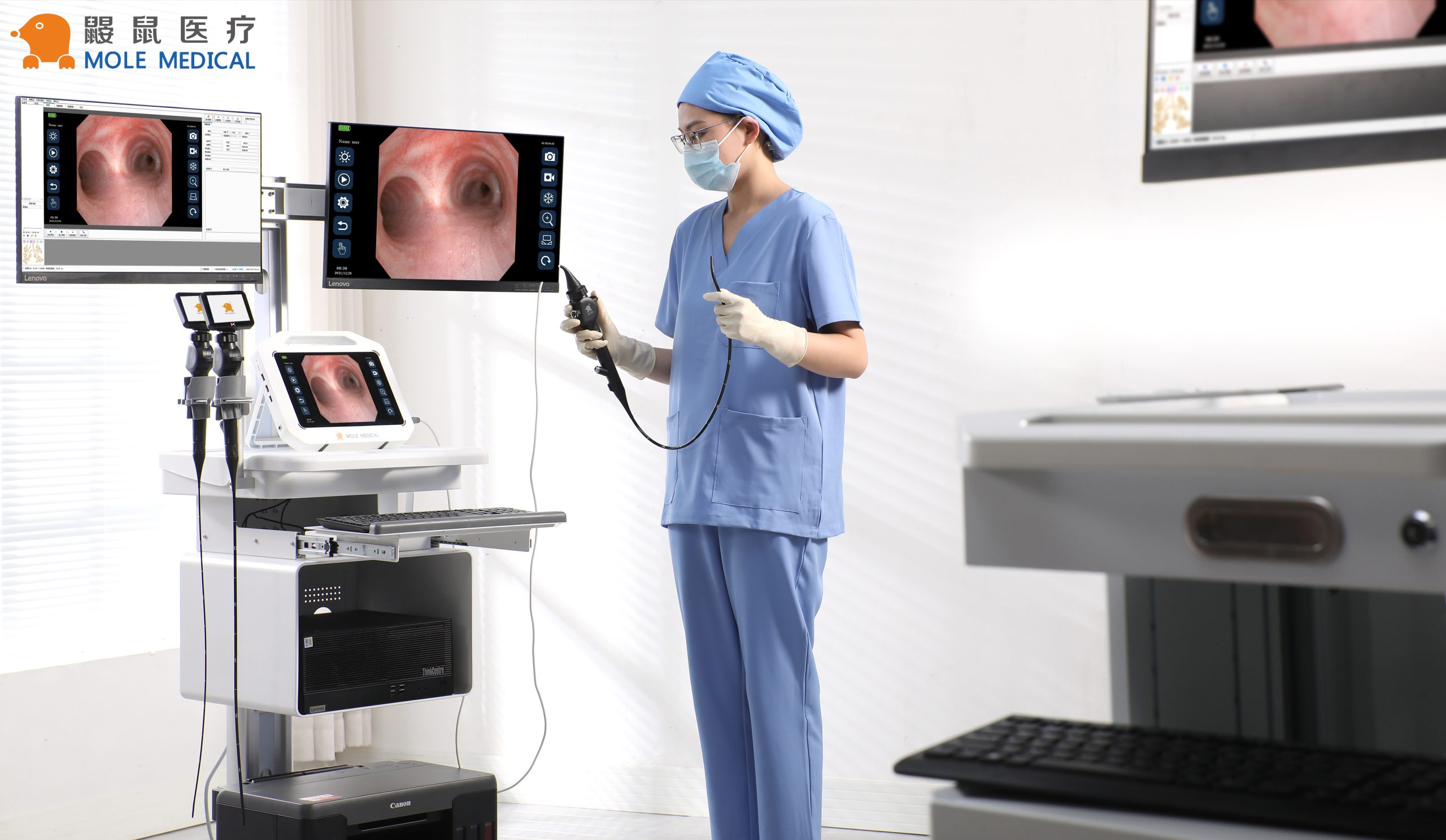
Emergency department essential: Mole medical portable video endotracheal intubation scope in the actual advantages of pre-hospital emergency
In the complex environment of pre-hospital emergency treatment, establishing artificial airway quickly and accurately is one of the key steps to save patients' lives. The traditional endotracheal intubation operation under direct laryngoscope has some problems such as limited field of vision and difficult operation, especially in the case of patients with limited neck movement, excessive oral secretions or anatomic abnormalities, and the success rate may be affected. In recent years, with the advancement of medical technology, portable video endotracheal intubation scopes have gradually become an important tool in emergency departments. Among them, the portable video endotracheal intubation scopes of Mole Medical show significant practical advantages in pre-hospital emergency care with its unique design and performance.
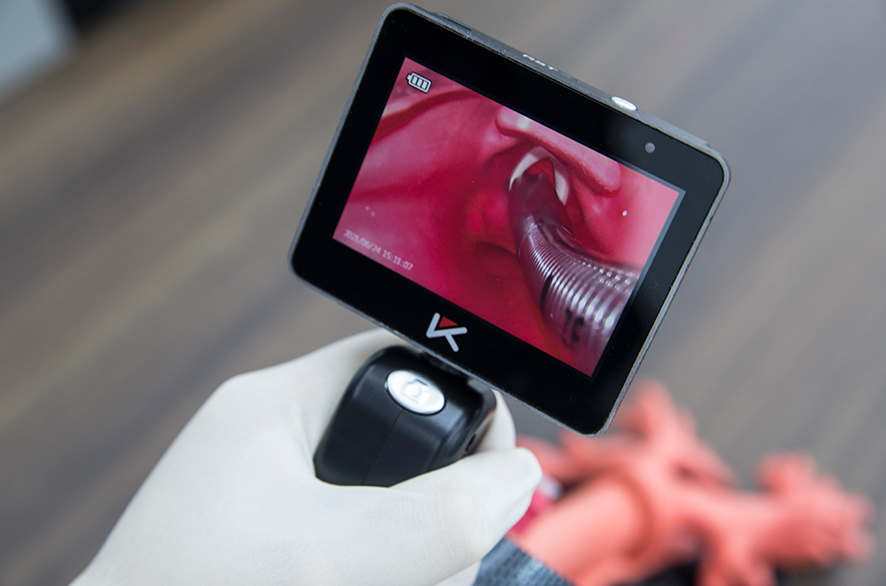
Disposable Video Laryngoscope for Adult Intubation: Advanced Airway Management
Why is good airway management important in emergencies and surgeries? Doctors and nurses must quickly and safely place a breathing tube in many patients. This is especially hard when the airway is difficult to see or reach. Video laryngoscopes help with this. They have a small camera that shows a clear view of the airway. ... Read more
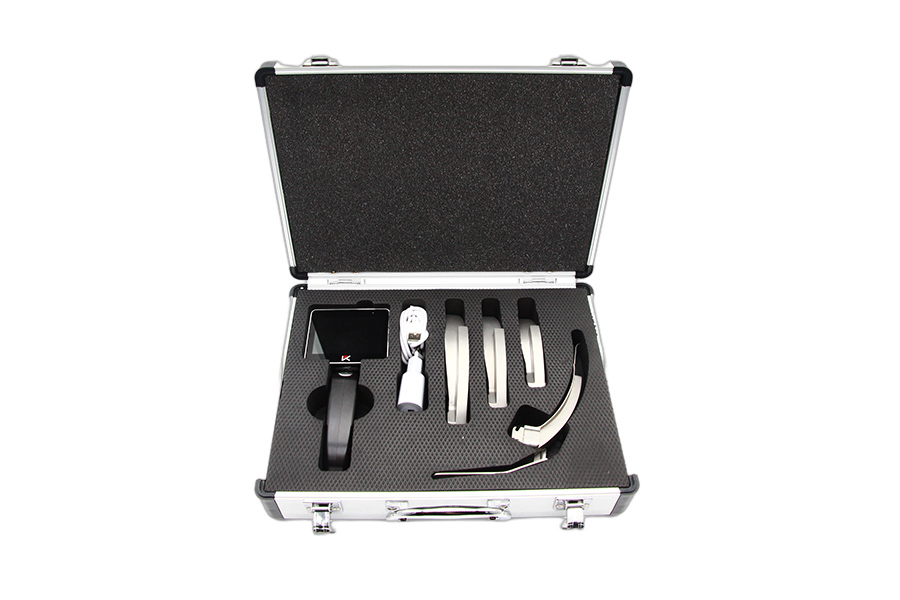
Medical and Anesthesia Video Laryngoscopes: Advancements in Airway Management
Airway management is crucial in medical and anesthesia procedures, as it helps prevent serious risks to patients. Tools for managing the airway assist doctors in keeping it open, preventing complications during surgery or emergencies. A key advancement in modern medicine is the video laryngoscope, which provides a clear view of the airway, allowing doctors to ... Read more
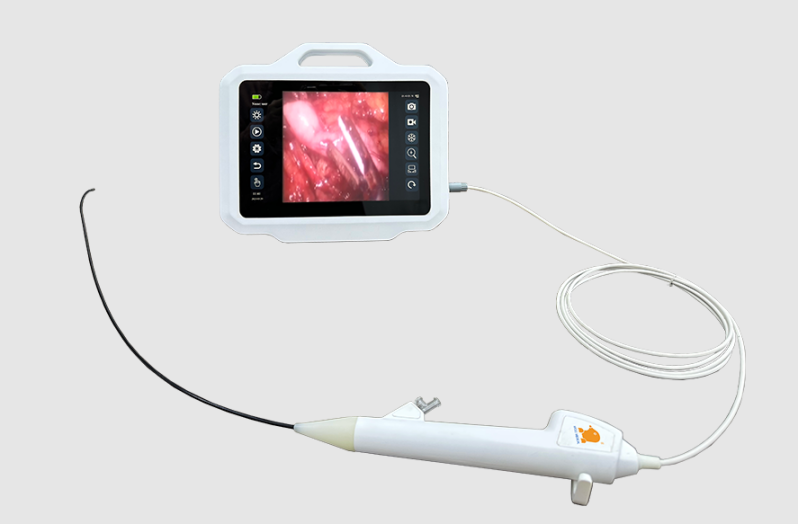
Why Choose a Disposable Flexible Ureteroscope for Your Medical Needs?
Ureteroscopy is a procedure designed to diagnose and treat issues in the kidneys and urinary tract. It enables doctors to detect and remove kidney stones, tumors, or blockages using a small camera to examine the urinary system. Recently, disposable flexible ureteroscopes have gained popularity. These scopes are significant because they are user-friendly and can be ... Read more
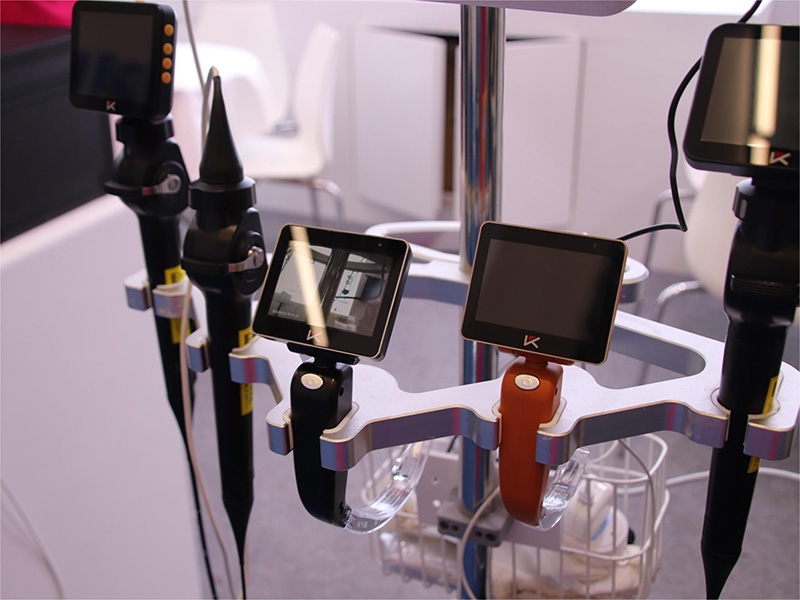
What Are the Video Laryngoscope Prices on the Market?
A video laryngoscope is a medical device that allows doctors to view a patient’s airway during procedures. It plays a crucial role in anesthesia and emergencies by assisting in the safe placement of a breathing tube. Without it, doctors may have difficulty visualizing the airway, especially in complex cases. This tool enhances both the ease ... Read more



